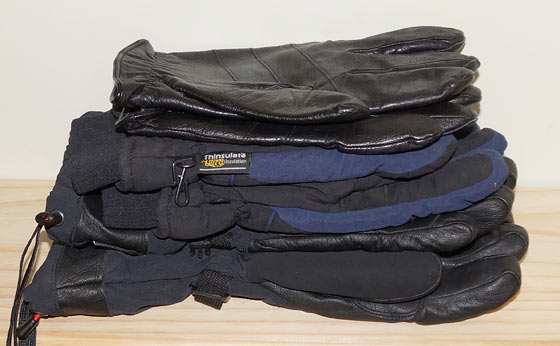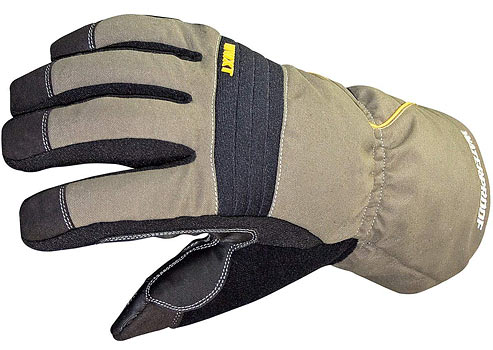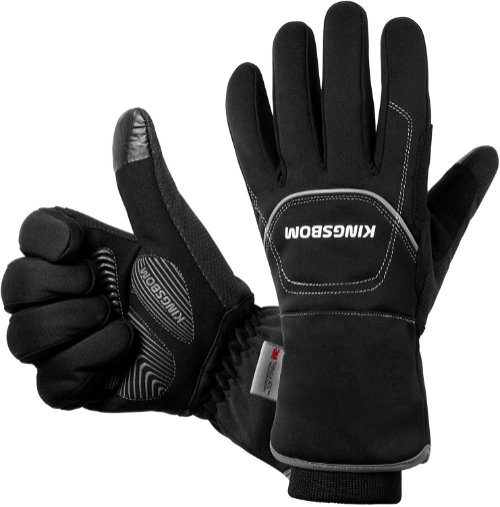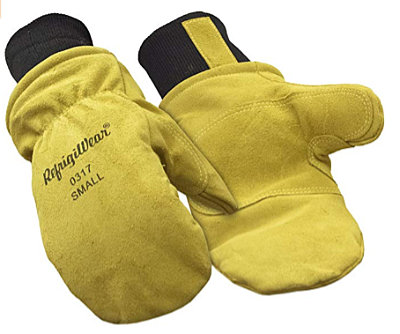https://modernsurvivalblog.com/preps/gloves-with-thinsulate-insulation/
Thinsulate™ Gloves 3M™ Insulation – How It Works & What You Need
by Ken Jorgustin | Updated Nov 10, 2019 | Preps | 6 comments

Not only from a comfort standpoint, but from a preparedness point of view, Thinsulate™ gloves are invaluable during the winter! They are a “must have” for me.
( jump below to 200 gram Thinsulate™ gloves )
( 400 gram Thinsulate™ gloves )
( Thinsulate™ heavy duty work gloves )
Here’s some information about Thinsulate™ insulation and how gloves with Thinsulate™ are categorized by their ‘gram weight’ properties.
As you know there are lots of winter glove styles of varying designs and applications. With regards to insulation from the cold, 3M™ Thinsulate™ is considered one of the best for things like gloves, hats, boots, etc., to keep warm.
I have a number of various winter gloves with Thinsulate™ insulation in them, and I was curious what exactly makes it work. I knew that there are different ‘weight’ ratings for this stuff. Here’s what I found out…
What is Thinsulate™?
The unique microfibers (very fine fibers) that make up Thinsulate™ insulation work by trapping air molecules within them.
The more air that a material traps in a given space‚ the better it insulates you from the cold outside air.
Because the fibers in Thinsulate™ insulation are finer than the fibers used in most other synthetic or natural insulation‚ they trap more air in less space‚ which makes Thinsulate™ insulation a better insulator versus the space required to get the job done.
It is breathable, moisture-resistant, and washable.
The fibers used to create Thinsulate™ gloves are approximately 0.00059 inches (15 micrometers) thick. That’s five times thinner than traditional polyester fibers.
Thinsulate™ is considered “the warmest thin apparel insulation” available. In fact, when equal thicknesses are compared, it provides about 1½ times the warmth of down and about twice the warmth of other high-loft insulation materials.
-Wikipedia
Recommended Weight of 3M™ Thinsulate™ Gloves & Hats
Grams per Square Meter
The gram weight ratings (levels) refer to grams per square meter of insulation. The higher the gram weight, the more it insulates and the warmer you are.
3M Thinsulate™ Temperature Rating
Note: The higher the activity level, the more your blood circulates into the extremities. And the less insulation you actually need – so you don’t sweat in your gloves.
40 gram for high activity levels or cool conditions
70 gram for moderate activity levels or cold conditions
100 gram for light activity levels or very cold conditions
150 – 200 gram for very light activity levels or extremely cold conditions
Generally, 80-100 GMS (grams per square meter) is good for temperatures down to around 20F. You’ll want 200 gram Thinsulate™ for temperatures colder than that.
Thinsulate™ is thin
Because insulation like Thinsulate™ is so thin, they can make gloves (40 gram) which are useful for doing finer detail work with your fingers.
I have also found that 100-gram Thinsulate™ gloves are warm enough for most cold temperatures – although I do have some 150 gram gloves too, for those ‘really cold’ days…
Keep in mind that when you’re working a lot with your hands, your hands will warm up by themselves (more blood flow). Gloves can actually become too warm and uncomfortable under heavy duty working conditions.
work gloves
Heavy Duty Work Gloves
Gloves with Thinsulate™ designed with heavy duty palms that resist ripping or tearing from heavy duty work.
These are my “go to” winter work gloves that I use the most for general purpose heavy duty work outdoors when it cold:
(Bear in mind that when you’re physically working, you don’t need as high a insulation value!)
Carhartt Work Glove, 100-gram Thinsulate™

When I’m out working the trails during cold months, I always take this pair with me. I also always take a second pair in case something happens or if they get too wet.
If it’s real cold I’ll wear a quality pair of warm insulated mittens and then swap them out for my Carhartt gloves when handling work loads.
Pro Tip: I also ALWAYS have a pair of hand warmers with me (just in case).
Related article: Hand Warmers & Foot Warmers for your E-Kit
Gloves while Shoveling, Snowblowing or Winter Sports
I have other gloves that are waterproof or water resistant and come further up the arm. This helps keep snow and wind out. Many of these types of winter gloves are not specifically designed for heavy duty work though.
200 gram
200 gram Thinsulate™ Gloves
150 to 200 gram weight is the most common for the COLDEST weather gloves that may be typically available.
Often they’re marketed as -30F, -40F, arctic, or ‘extreme cold’ gloves.
With that said, these gloves will be the warmest in general. I’ve researched several choices of those gloves in this category with Thinsulate™.
I have found the best rated 200 gram Thinsulate™ gloves:
Youngstown Waterproof Glove – 200 gram
(potential amzn commission at no extra cost to you)

KINGSBOM Waterproof Glove – 200 gram
(potential amzn commission at no extra cost to you)

400 gram






